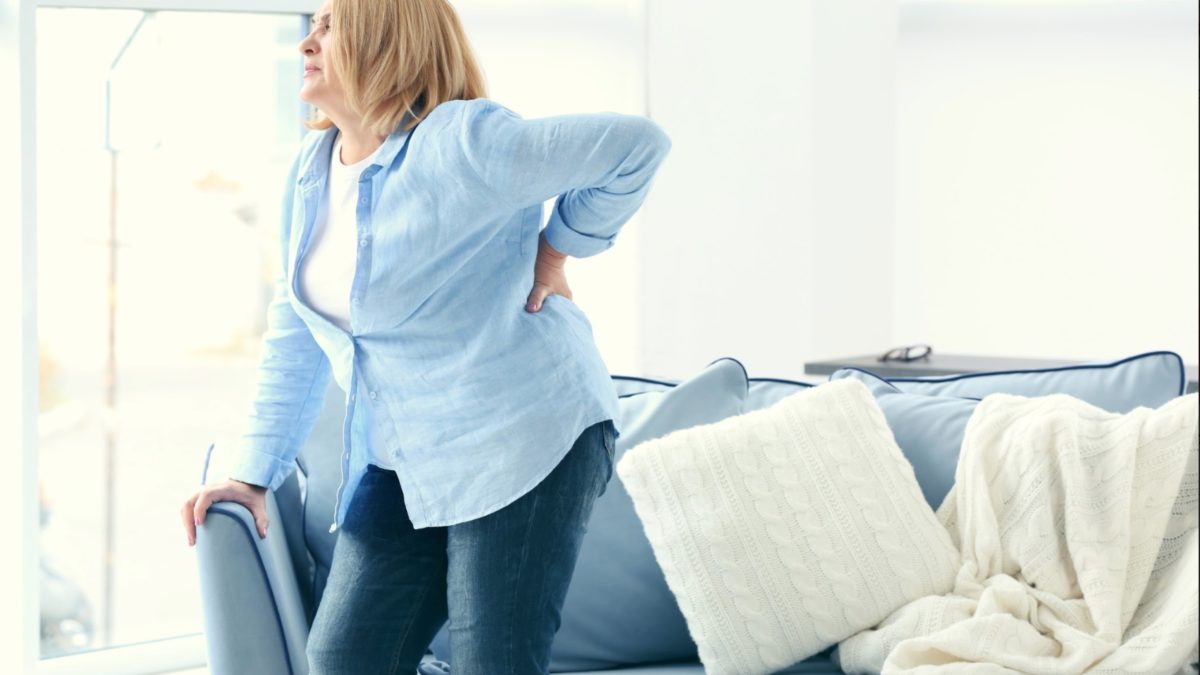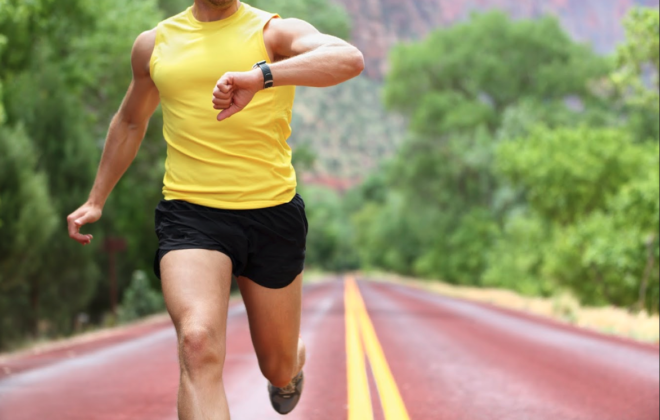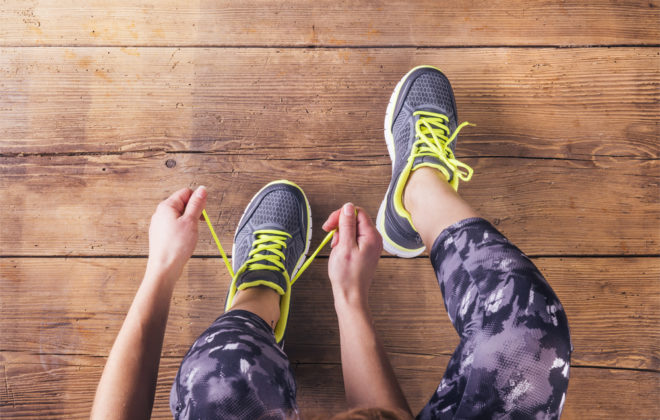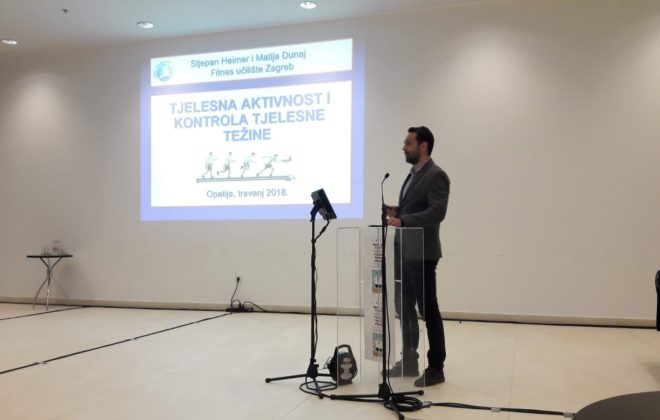Sitting + spine = herniated disc
The spine is double S shaped, with the bends in the cervical and lumbar lobes projecting forward (the so-called cervical and lumbar lordosis), while the thoracic and sacral parts projecting back (the so-called thoracic and sacral kyphosis). These spine curves allow for greater mobility and resistance to axial compression. There are intervertebral discs between the two vertebrae. The disc is a connective elastic creation that serves as a kind of “shock absorber” because it absorbs the load (protects the spine from the strong forces acting on it at rest, and especially during movement, external loads …). The disc is made of two parts. The inner part of the disc is the nucleus of the disc (nucleus pulposus) a soft and gelatinous formation. The nucleus is surrounded by a ligamentous (connective tissue) ring called the anulus (anulus fibrosus).
A herniated disc is the name for bursting (damaging) the outer ring of the discus (annulus) and exiting its nucleus beyond the discus. The anulus does not necessarily rupture, if the nucleus presses the anulus, it may distort, causing the entire disc to protrude beyond the spine. A herniated disc disc herniation, or a portion of a disc that is squeezed out, can exert pressure on the spinal cord or nerve output from the spinal cord, and can also exert pressure on the blood vessels that supply the spinal cord with blood.
It is important to note that most herniated disc occur in the lumbar (usually L4-S1 segment) and cervical (usually between C5-C7) regions. Moore et al., 2007 found that only 0.5-4% of disc herniations occur in the thoracic region as opposed to 95% that occur in the L4-S1 region. We should also mention that 90% of all herniations occur at the back of the spine, creating pressure on the spinal cord or nerve output from the spinal cord.
When does this happen?
Spinal disc herniation can occur as a result of an injury (car accident, crash, impact), or much more often as a result of accumulated microtraumas which then result in injury due to sudden movement of erect, rotating or lifting loads. These long-term loads are mostly related to sitting and all flexed spine positions (when we bend rounded back, we do squat in flexed position…).
Nachemson (1966) found that sitting in relation to the standing position causes more stress on the intervertebral discs and increased load on the lower spine. When seated, lordosis in the lumbar region is abolished, compression increases to the anterior side of the discus, most to those near the pelvis (L4-S1) and posterior pelvic tilt occurs.
In laboratory studies, full flexion has been found to increase discus anulus stress and cause discus hernia. As far back as 1975, Kelsey noticed an association between prolonged sitting and the discus hernia.
Normal sitting causes flexion in the lumbar region and if you look at people as they sit they will notice that most of them sit in different flexed positions. When we sit, our abdominal muscles (especially deep abdominal muscles) are less activated than when we stand. As far as the spinal extensor is concerned, if the chair is backless, they are activated more. Hunched sitting minimizes muscle activation, and upright sitting requires stronger activation of the psoas and extensors (Juker, McGill, Kropf, & Steffen 1998).
The conclusion would be: According to research so far, there is no ideal seating position! If you inevitably have to sit for long periods of time, and unfortunately most of us have to, here are some of Stuart McGill’s recommendations:
1.Use the ergonomic chair!
But use it properly. Many people think that the chair should be adjusted so that we take an ideal sitting position. This would mean that the torso is in an upright position and the hips and knees are bent at a 90-degree angle. This might be an ideal seating position but no longer than 10 minutes! The load should be shifted from one tissue to another, thus minimizing the possibility of accumulated microtraumas at the same site. We will achieve this by changing positions frequently. Therefore, a good ergonomic chair must allow you to make slight changes in body posture.
- Stand up occasionally!
There is no better way to reduce the load on your spine than to stand up. Some manuals suggest that while sitting, you should do some exercises or worse – to stretch in the flex position of your spine. You can only reduce the load if you completely reposition or stand up. McGill suggests spending 10-20 seconds in a relaxed standing position. You can still do light circles around your neck and arms. He also recommends stretching the spine while lifting his arms above his head as the lumbar portion is then in slight extension. It might be best if you stand all the way to the wall, face the wall and raise your arms above your head (the wall will prevent the torso from being pushed too far forward).
- Exercise at work!
If you are able to perform several exercises. Part-time would be ideal. Do not perform exercises as we stated above in a sitting position. In the workplace, it may seem more practical to do the exercises that way, but it does not solve the problem that made you decide to exercise. The only exercise you need to do in your chair is to get up from your chair or squat. When you stand up your spine should not be flexed, we should rest on our full foot, knees apart. When lifting the spine, it retains a neutral position, that is, the trunk muscles are activated as stabilizers. The movement occurs primarily in the hip joint (gluteus max.) And in the knee joint (quadriceps femoris). The wrong pattern involves flexion of the spine, then knee extension and straightening of the spine by activating the spinal extensor.





